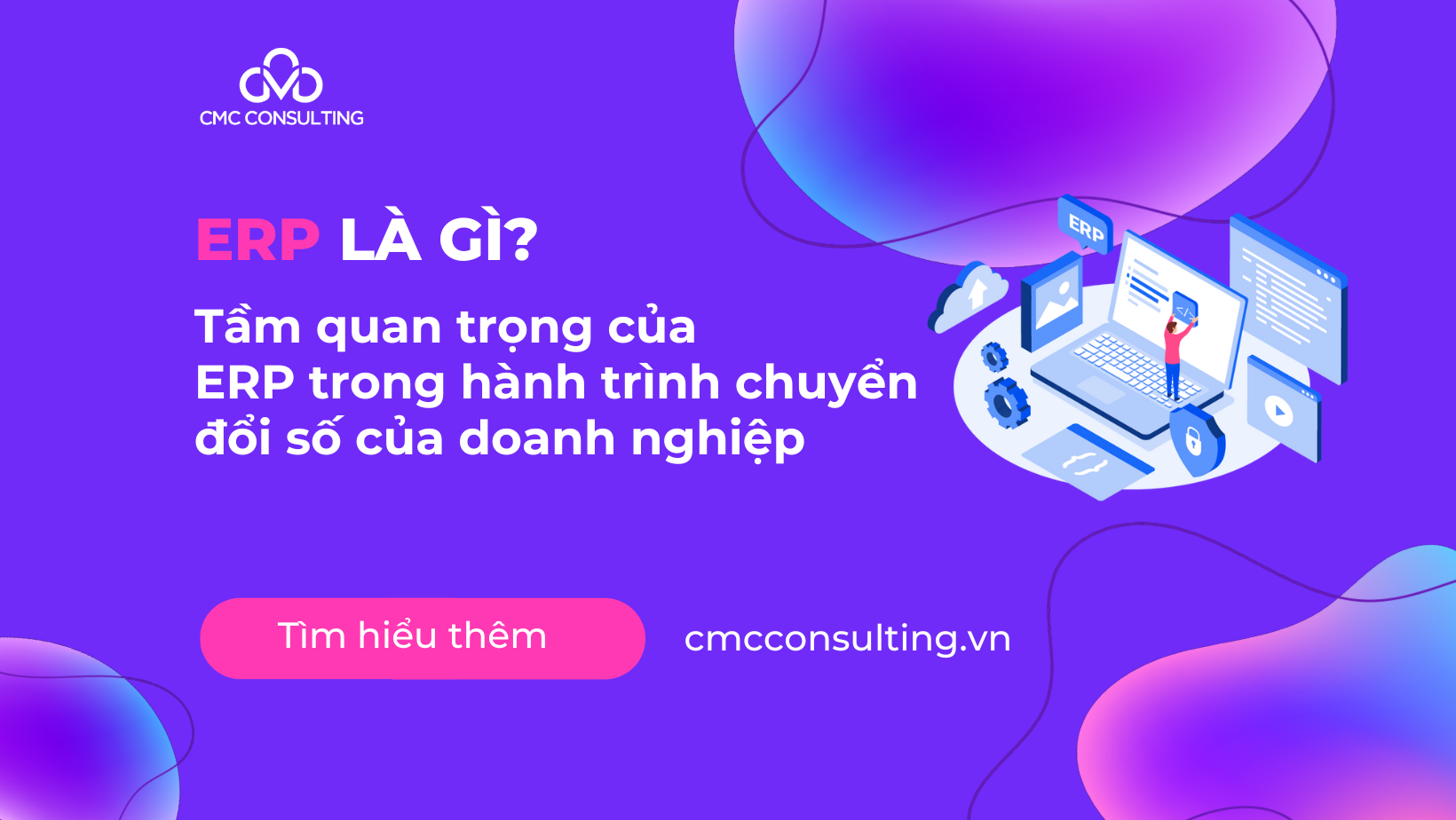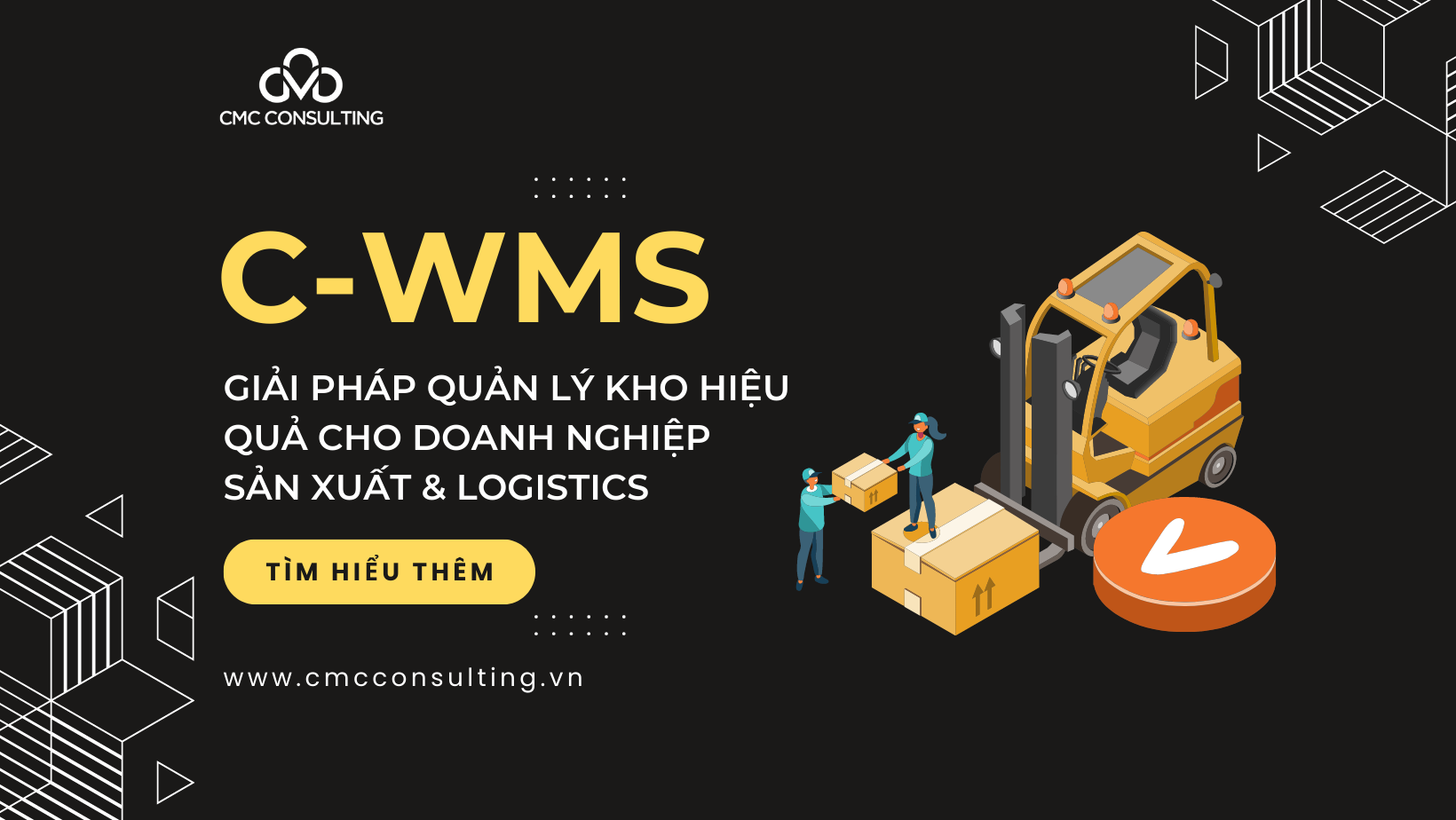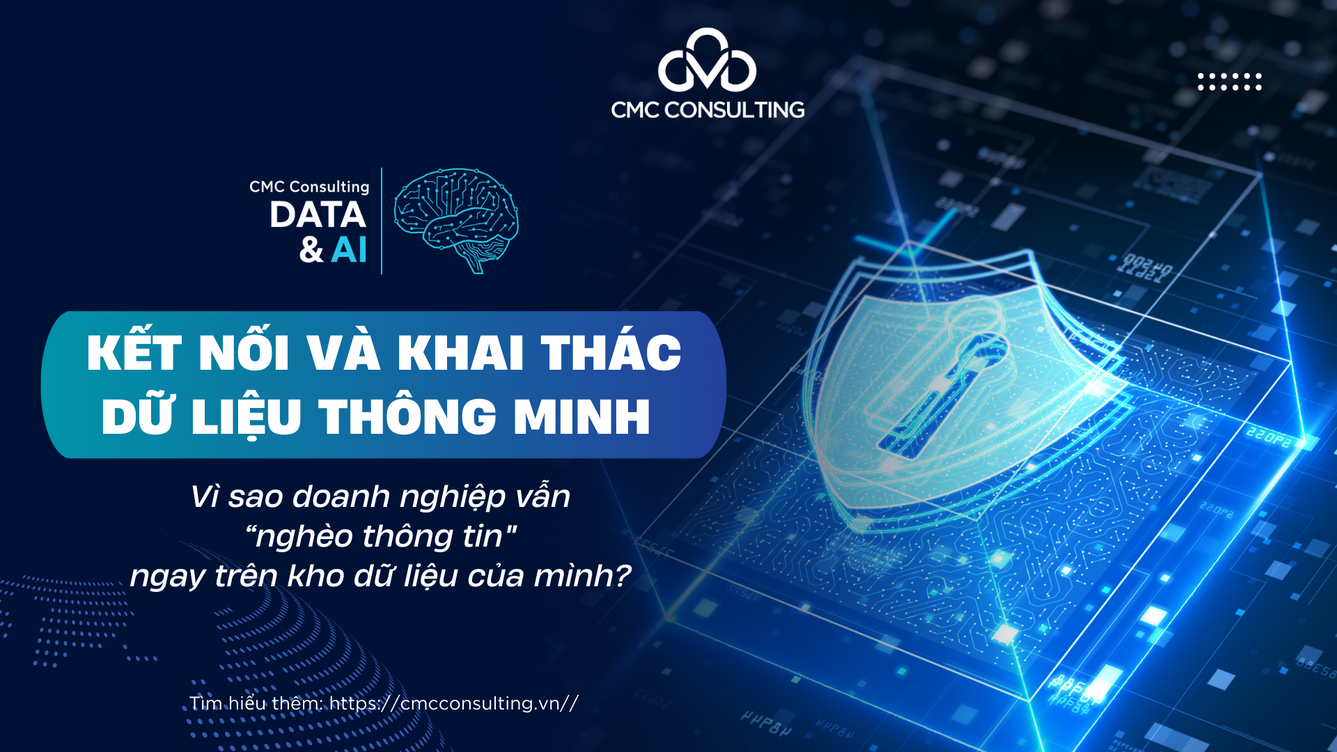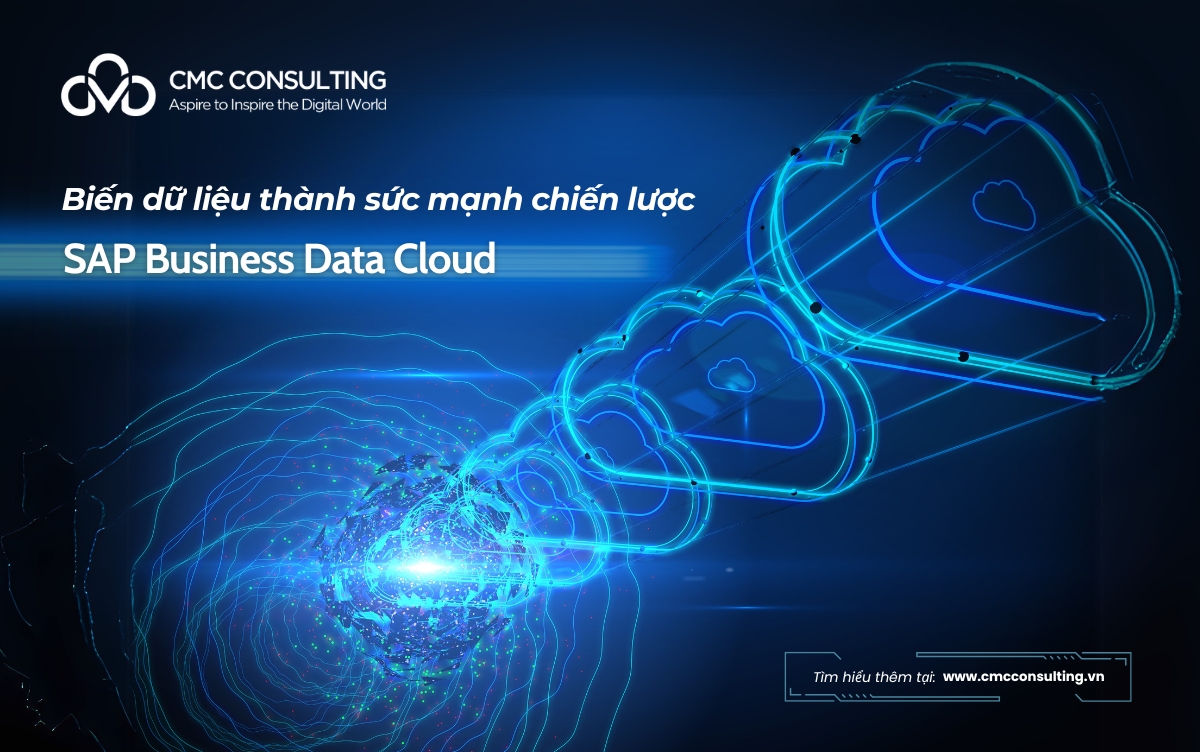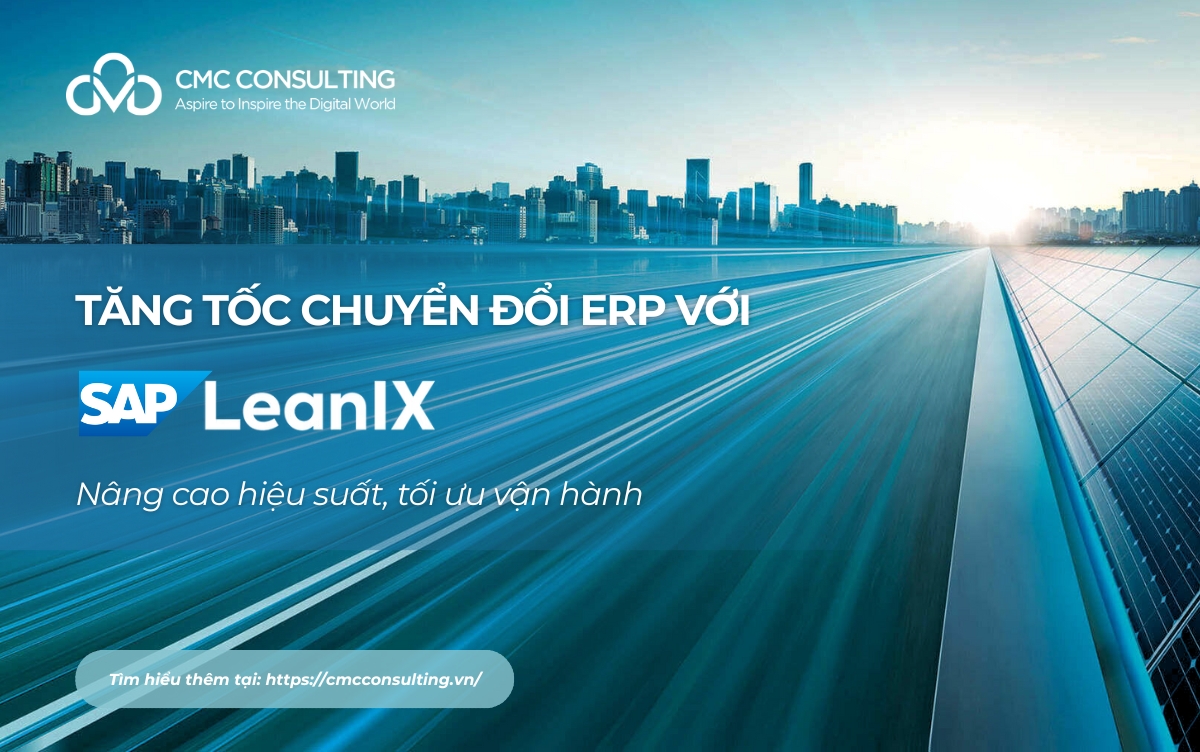Every business searching for a suitable technology platform to support their operations is likely familiar with the terms On-premise (on-site data storage model) and Cloud (cloud computing model). However, depending on the purpose and specific needs of the business, choosing between On-premise and Cloud requires a comprehensive understanding of the technology and its applications. This is because both models have their own advantages and disadvantages, catering to different user requirements.
In this article, CMC Consulting will provide a more detailed analysis of these two models to help businesses choose the most optimal technology.
1. What is On-premise?
On-premise, or the on-site software storage model, is established and operated from the company's own servers and IT environment. This model can utilize the company's own computer resources. With an On-premise model, businesses often purchase or lease server-based software under a licensing agreement.
Licensed businesses have the right to access the software through desktop applications or web user interfaces. Companies that prioritize high data security often choose desktop-based applications to eliminate potential vulnerabilities and unauthorized access to the system.
To build a complete On-premise model, businesses need high-level consulting from experienced providers to successfully integrate the On-premise model with their own servers and ensure efficient operations.
Advantages of On-premise:
The development of Cloud has led many businesses to shift their focus from the On-premise model to the Cloud. However, On-premise is still trusted by top businesses due to its strong data security capabilities, complete data control, and access rights.
Full control: On-premise allows users to have full access, control, and management of resources. This feature is beneficial for businesses with high information security needs and a focus on privacy rights.
Tight security policies and procedures: On-premise helps businesses maintain strong control and management of security. Companies can store data in their own data centers without any influence from third parties.
High independence: Without the need for an internet connection, businesses can still access On-premise software. This feature is suitable for workplaces without internet access or with insecure internet connections. Users can access the system without being affected by speed issues.
Low long-term costs: When using On-premise software, businesses only need to pay for ownership once. This fee is much lower than regular payments for other cloud-based software. Additionally, the annual maintenance costs of On-premise are relatively low.
Limitations of On-premise:
On-premise gives businesses full control over their data. Therefore, businesses bear the responsibility for all risks during software usage. Additionally, businesses need to cover expenses related to the software such as software/hardware running fees, maintenance fees, repairs, etc.
- High hardware and infrastructure investment costs: Unlike maintenance and ownership fees, investment costs related to space, servers, power consumption, and other equipment are relatively high.
- Requires a professional team: With the On-premise model, businesses must have a professional IT team for support. They are responsible for managing and controlling security policies they establish themselves. However, finding quality IT personnel specializing in software operations is not an easy task. Many businesses nowadays choose reputable technology consulting and implementation providers as their technology partners to establish and efficiently apply the On-premise model.
- Remote access challenges: The nature of On-premise is that the software is on-site. Therefore, businesses can only access data at the office or nearby areas to maximize internal information security. To access data remotely, businesses must go through complex setup steps.
- Incidental expenses: During operations, the software may generate additional costs such as update fees and adjustment fees. These fees ensure the smooth operation and addition of new features to the software.
2. What is Cloud?
Cloud, or cloud computing, is a solution for storing data on the internet. The cloud provides on-demand access to computer system resources and typically includes applications such as storage and processing capabilities. With a cloud-based subscription model, businesses do not need to purchase additional infrastructure or licenses. In exchange for an annual fee, cloud providers maintain servers, networks, and software for the business.
With Public Cloud, the data of the business is fully secured. It is a more cost-effective option but provides limited customization capabilities as the provider has complete control, and the business can only extend, purchase additional services, or stop using the service.
Advantages of Cloud:
- Anywhere, anytime access: Businesses can access their applications anytime and anywhere through web browsers from any device, without being dependent on a fixed device like On-premise storage.
- High level of security: Data centers employ security measures that exceed the capabilities of most businesses, making your data typically safer on the cloud than on servers in your office.
- Quick deployment: Cloud-based software can be deployed over the internet in a matter of hours/days compared to applications that need to be installed on physical servers and each PC or laptop. As the cloud storage model falls under the control and responsibility of the provider, businesses don't have to worry about maintaining its software or hardware. System compatibility and upgrades are also handled by the cloud service provider.
- Flexible scalability: Cloud technology provides high flexibility as businesses only pay for what they use and can easily scale up or down to meet their needs, such as adding and expanding licenses.
Limitations of Cloud:
- Connectivity dependence: Cloud solutions require internet access to maintain operations since all business data is stored in an internet environment.
- Lack of control: In-house software provides a higher level of control as compared to the Cloud, which is managed by a third-party provider.
- Long-term costs: While upfront investment requirements may be lower than On-premise storage, cloud applications can be costlier over the lifespan of the system, increasing the total cost of ownership (TCO).
- Less customization: Cloud software is often configurable, but depending on how it is hosted, a cloud solution may not accommodate complex customization.
3. On-premise vs Cloud: Which is the Suitable Platform for Businesses?
The fundamental difference between Cloud and On-premise lies in their setup. On-premise is installed locally on a business's computers and servers, while Cloud is hosted on the provider's servers and accessed through a web browser. Both options have their own advantages and disadvantages that businesses can consider to choose the solution that fits their needs:
Factor | On Premise | Cloud |
Deployment | Resources are deployed internally and based on the business's IT infrastructure. The business is responsible for maintaining the solution and all related processes. | Resources are stored at the provider's facility. Businesses can access and use the data at any time. |
Cost | Businesses are responsible for the ongoing costs of server hardware, power consumption, and physical space. | Businesses pay for the resources they use without the burden of maintenance costs. The cost can be adjusted based on consumption levels. |
Control | Businesses store all data and have full control over data-related activities. | Data and encryption keys are stored with the service provider. |
Security | The On-premise model provides a high level of security and privacy, with only internal staff having control and management over secure data. It is suitable for companies or organizations with data that requires high security levels. | Data security relies on third-party providers. Therefore, businesses implementing this model need to choose reputable providers to ensure strong, complex security features. |
The choice between On-premise and Cloud solutions depends on the different operational needs and purposes of each business. Although both On-premise and Cloud solutions have their own pros and cons, considering the strong development of technology, Cloud is becoming a trending choice due to its increasing popularity and user adoption.
- Market Trends for the Future:
Over the past decade, the technology market has seen an increasing trend of transitioning from On-premise to Cloud models. However, the transition process is still relatively slow. Until 2016, most businesses and corporations maintained traditional information management systems through on-premise software. By 2020, around 70% of businesses were planning to migrate or adopt new cloud-based software.
With 15 years of digital transformation experience for businesses both domestically and internationally, CMC Consulting, along with a team of industry experts who possess in-depth knowledge of sector-specific solutions and extensive experience, has always been a leading provider in consulting and implementing SAP ERP projects for top businesses, addressing all business challenges comprehensively.
Contact our Digital Transformation Solution Consultant here.




 Giang Hoàng
Giang Hoàng 22/06/2023
22/06/2023





